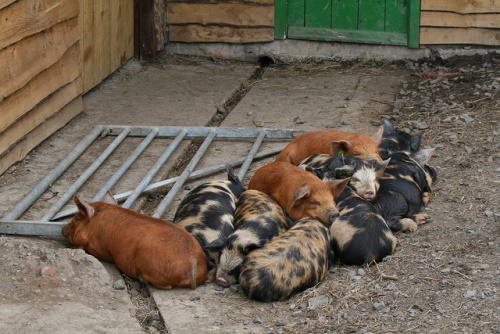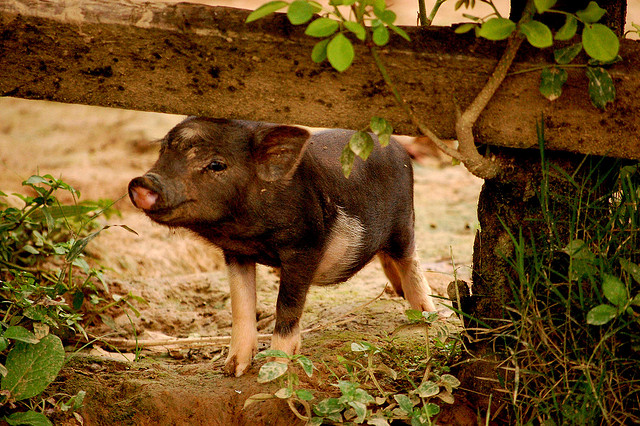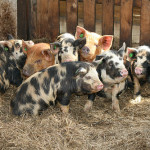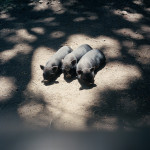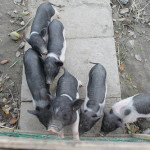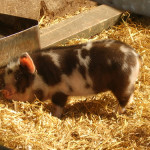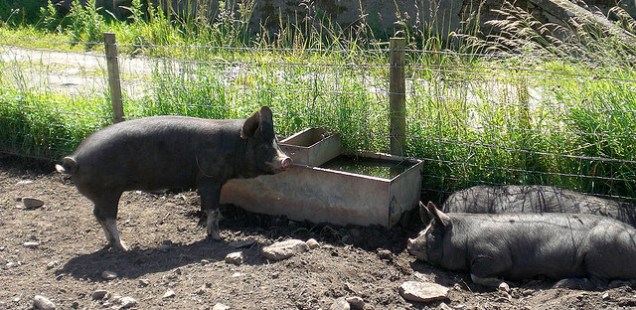In the United Kingdom there are nine British rare breeds of pig (see list below), many of these pigs are in short supply and we should make it a priority to save such wonderful animals who add so much value to our countryside and cusine. Let’s take a look at why they need to be saved.
List of Rare Breed Pigs in the UK
- Berkshire
- British Lop
- British Saddleback
- Gloucestershire Old Spot
- Large Black
- Middle White
- Oxford Sandy and Black
- Tamworth
- Welsh
There have also been several native pig breeds that have become extinct and these include the Cumberland, Lincolnshire Curly Coated, Ulster White, Dorset Gold Tip and Yorkshire Blue.
Why Save Rare Breed Pigs?
Less than a century ago, the British countryside was home to a fascinating variety of interesting breeds of cattle, sheep, goats, horses poultry and especially pigs.
Many of these pig breeds have an important role in the history of the British nation and form a strong part of our heritage. That’s why they need to be saved. They are part of our history.
Many people think that because rare breed pigs have such low numbers that they’re not really worth keeping, but that’s completely fale. Rare breed pigs can make a valuable contribution, both to the livestock industry and to quality of life.
Some rare breed pigs have distinctive characteristics, which have value in protecting the environment, and others have
qualities, which make them well suited to less intensive farming methods.
Even the rare breed pigs that don’t seem to have any value at present, may well possess characteristics that will be important in the future and they need to be conserved as an insurance against a changing world and climate.
How To Help Save Rare Breed Pigs
The majority of the traditional British native breeds have less than 500 sows, which puts them at risk of extinction. Something must be done about this. So how do we help? The answer might surprise you.
The best way to save rare breed pigs is to eat them, I know, surprising huh! But it’s the truth.
The only way to ensure a sustainable future for rare breeds of pig is to eat them. When you buy top quality pork you get fantastic quality meat but you also help guarantee the future of our pig heritage.
So in a nutshell, buy more rare breed pork instead of the cheap rubbish you get in the supermarkets! And if you’re really serious about securing the future of our rare breed pigs then you can even adopt a pig, it’s the ultimate in food provenance.
Need some evidence, well in 1995, the Gloucester Old Spot – was on the brink of extinction, it was no longer in fashion and was hustled out of the market by cheaper pigs more suited to mass-production farming techniques.
But along came Two Fat Ladies, the hit BBC Cookery show that featured them in their very first series. This put the Gloucester Old Spot back into the limelight and people started eating it again! And what happened? The population increased.
Useful Rare Breed Pig Sites
If you have any more useful sites that could be listed above then please leave a comment or use the contact form.
Photo Credit
